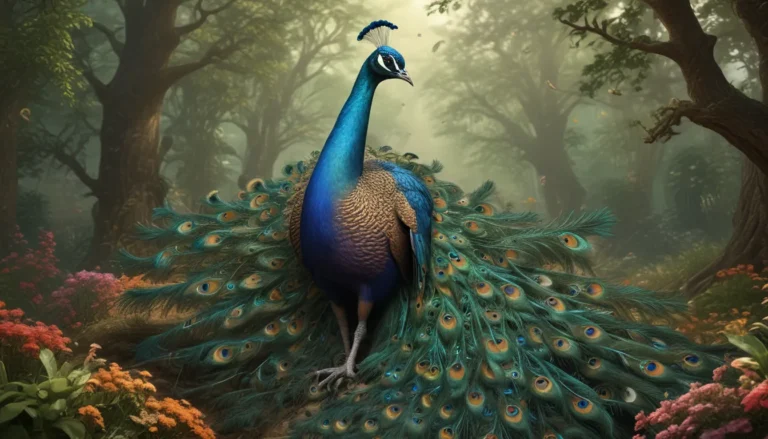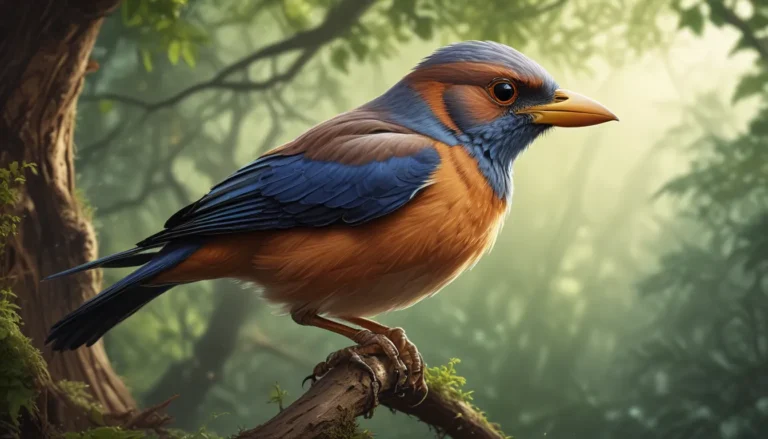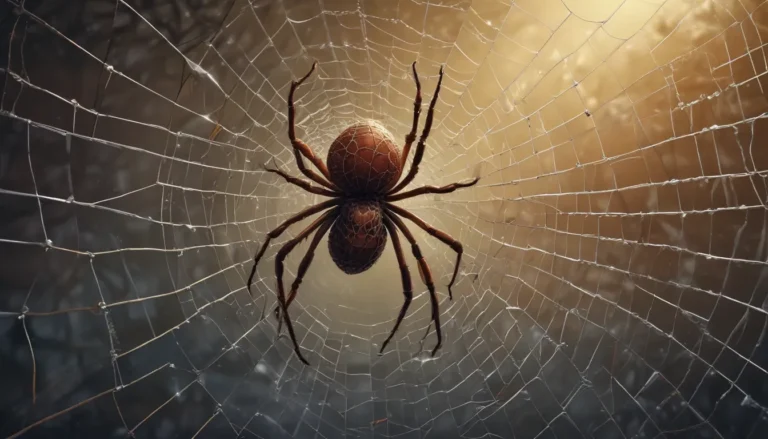The pictures we use in our articles might not show exactly what the words say. We choose these pictures to make you interested in reading more. The pictures work together with the words but don’t take their place. The words still tell you the important facts.
Have you ever heard of the gaur, also known as the Indian bison? These remarkable creatures, with their robust build, powerful horns, and striking appearance, are one of the largest and most impressive bovine species in the world. Gaurs can be found in the dense forests and grasslands of Southeast Asia, including countries like India, Nepal, and Myanmar. In this article, we will delve into the fascinating world of gaurs and uncover 13 intriguing facts about these majestic animals.
The Largest Wild Cattle: Gaurs in a League of Their Own
Gaurs, also known as the Indian Bison, hold the title of being the largest species of wild cattle globally. Standing at a towering height of up to 6 feet at the shoulder and weighing between 1,400 and 2,200 pounds, these incredible creatures command attention with their sheer size and majestic presence.
Native to South and Southeast Asia: Gaurs’ Preferred Habitat
Native to the grasslands, forests, and shrublands of South and Southeast Asia, gaurs can be found roaming in countries like India, Nepal, Bhutan, Bangladesh, and Malaysia. These magnificent animals thrive in habitats that offer a mix of open spaces and dense vegetation.
A Visual Feast: Gaurs’ Distinctive Appearance
Gaurs boast a dark brown to black coat with a prominent ridge along their back, adding to their stunning appearance. Both males and females sport long, curved horns that can grow up to 40 inches in length, making them a sight to behold in their natural environment.
Herbivores at Heart: Gaurs’ Vegetarian Diet
Feeding primarily on grasses, leaves, fruits, and shoots, gaurs are true herbivores. Their strong jaws and high-crowned teeth equip them to efficiently graze and browse through a variety of vegetation in their habitat.
Social Butterflies: Gaurs’ Herd Mentality
Gaurs are social animals that typically form herds ranging from 5 to 20 individuals. Led by a dominant male, known as the "bull," these herds provide protection from predators and other threats, showcasing the strong social bonds within the group.
Strength Meets Agility: Gaurs’ Impressive Abilities
Despite their large size, gaurs are incredibly agile and can sprint at speeds of up to 30 miles per hour, making them formidable opponents when faced with predators like tigers and lions. Their combination of strength and speed is a testament to their remarkable capabilities.
Vocal Wonders: Gaurs’ Unique Communication
Communicating through a series of low-pitched bellows, gaurs' vocalizations can be heard echoing through the forests as they maintain social cohesion within their herds. This distinctive form of communication adds to the allure of these majestic animals.
Cultural Icons: Gaurs’ Significance in South Asian Cultures
In many South Asian cultures, the gaur symbolizes strength, power, and fertility, often depicted in traditional artwork and playing a vital role in folklore and mythology. Their cultural significance adds an extra layer of intrigue to these magnificent creatures.
The Vulnerable Status: Gaurs’ Conservation Concerns
Unfortunately, due to habitat loss, poaching, and hunting, the gaur population is classified as vulnerable on the International Union for Conservation of Nature (IUCN) Red List of Threatened Species. This highlights the urgent need for conservation efforts to safeguard these iconic animals.
Protecting Gaurs: Conservation Initiatives in Action
Various organizations and governments have initiated conservation programs to protect gaurs and their habitats. These efforts include establishing protected areas, implementing anti-poaching measures, and engaging with communities to raise awareness about the importance of gaur conservation.
Ecosystem Engineers: Gaurs’ Role in Shaping Habitats
As key ecosystem engineers, gaurs play a crucial role in shaping their ecosystems. By dispersing seeds through their feeding habits, maintaining plant diversity, and modifying forest structures, gaurs support numerous other plant and animal species in their habitats.
Longevity and Conservation: Gaurs’ Lifespan and Future Prospects
On average, gaurs can live for about 20 to 30 years in the wild. However, with increasing threats to their existence, effective conservation measures are essential to ensure the long-term survival of these magnificent creatures and maintain the ecological balance of their ecosystems.
Embracing the Majesty of Gaurs: A Call to Action
Gaurs, with their extraordinary size, strength, and beauty, are truly awe-inspiring creatures. By appreciating their distinctive characteristics and understanding their importance in the natural world, we can work towards preserving their existence for generations to come. These majestic animals serve as a reminder of the biodiversity and wonders of our planet, deserving our utmost respect and protection.
FAQs: Unveiling More About Gaurs
-
What is a gaur?
A gaur is the largest species of wild cattle found in Asia, also known as the Indian bison or seladang. -
How big do gaurs get?
Gaurs can reach impressive heights, with males standing up to 6 feet tall at the shoulder and weighing up to 2,200 pounds. Females are slightly smaller. -
What do gaurs eat?
Gaurs are herbivores, feeding primarily on grass, leaves, and shoots, browsing on a variety of vegetation depending on their habitat's resources. -
Where do gaurs live?
Gaurs inhabit the forests and grasslands of Southeast Asia, including countries like India, Nepal, Bhutan, Thailand, and Myanmar. -
Are gaurs endangered?
Yes, gaurs are considered vulnerable by the IUCN due to threats like habitat loss, hunting, and competition with domestic livestock. -
Do gaurs live in herds?
Yes, gaurs are social animals that typically form herds consisting of females, offspring, and young males, while older males (bulls) are solitary. -
How do gaurs communicate?
Gaurs use vocalizations like deep roars and bellows to communicate, along with body language such as head shaking and horn-thrusting displays. -
Can gaurs be domesticated?
No, gaurs are not domesticated animals due to their size, behavior, and specific habitat requirements that make them unsuitable for domestication. -
Are gaurs dangerous?
While generally peaceful, gaurs can become aggressive when threatened. It is important to observe them from a safe distance and respect their space. -
How long do gaurs live?
Gaurs can live up to 25 years in the wild, with lifespan variations influenced by factors like predation and disease. -
Do gaurs have predators?
Adult gaurs have few natural predators, but young calves may be vulnerable to predation by tigers, leopards, and dholes (Asian wild dogs). -
Are gaurs solitary animals?
Male gaurs are usually solitary, whereas females and offspring form herds. During the breeding season, bulls may join female herds for mating. -
What is being done to conserve gaurs?
Conservation efforts involve protecting gaur habitats, implementing anti-poaching measures, raising awareness about gaur conservation, and reducing conflicts between humans and gaurs.
By delving into the world of gaurs and understanding their significance, we can contribute to their conservation and ensure that these magnificent creatures continue to roam the forests of Asia for years to come. Let's stand together to protect the biodiversity and beauty of our planet, cherishing the wonders of nature and the incredible animals that call it home.






